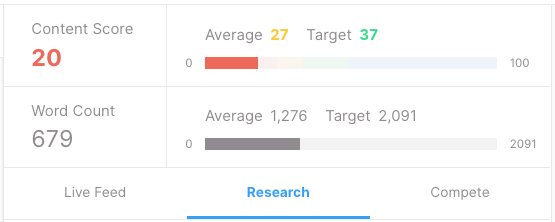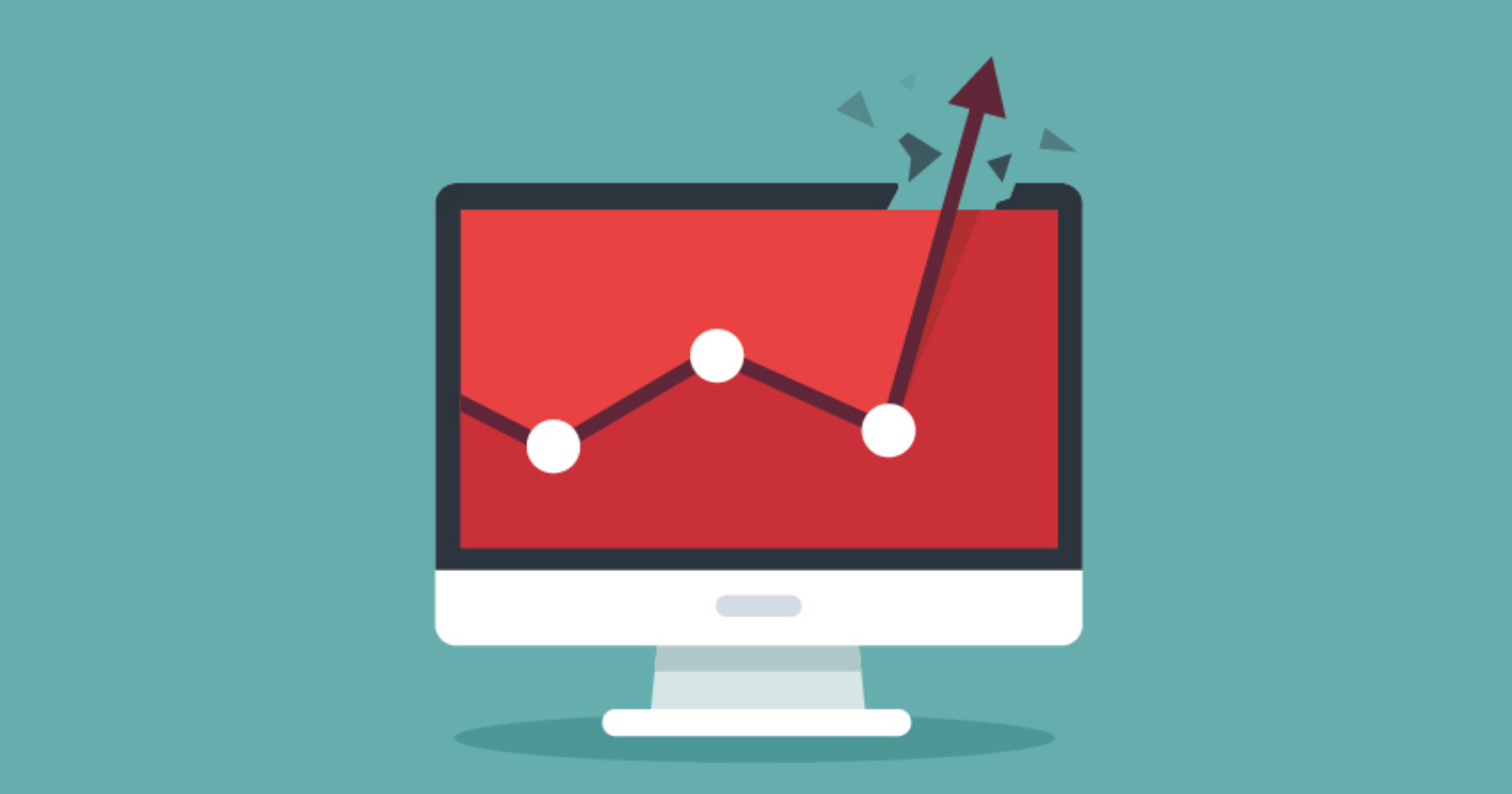Earning links from quality websites is critical for ranking well in competitive niches.
We all know this.
However, just aimlessly getting links to a target page on your website doesn’t guarantee anything.
While tools can tell you that you’ll need “10 links to rank in the top 10,” that’s generally inaccurate. In fact, it could be way more, or way less.
I’ve worked with countless clients in link building ranging from brand new sites with zero authority to DR90 companies with 7-figure marketing budgets, and one thing is for sure:
Links improve search rankings. But, there are ways to maximize their impact and ensure your efforts are successful.
1. Match Search Intent
Search intent, otherwise known as user intent, is the goal that searchers have when inputting a query in search engines.
As a website looking to capitalize on search traffic, you need to match intent. Period.
You can’t force-feed links to a page that doesn’t match user intent and expect it to rank long-term. Ain’t gonna happen.
Short-term? Maybe.
If you are looking at your target page in a tool like Ahrefs and it shows you with a stronger domain rating and more links/unique root domains than sites ranking first page, that’s a sign you are potentially poorly addressing user intent.
While there could be other issues like site age or technical mishaps, search intent should be your first step when looking to maximize link effectiveness.
Content must be useful for users, first and foremost. Only then will links make a huge impact on your rankings on the first page. You can’t bait and switch Google by overloading with links that don’t provide value.
In addition to matching search intent, you’ll want to optimize content too.
Here’s how.
2. Optimize Content
In line with search intent is content optimization, for both users and search engines.
The goal with these first two steps is to put your content or page in the best position possible for it to rank and benefit from a stream of links.
Without optimized, user intent specific content, links won’t move the needle.
I’ve seen it time and time again: poorly optimized, low word count, promotional pages trying to rank for informational intent keywords by stacking up links.
It simply doesn’t work.
To optimize your on-page SEO, SEJ has plenty of material on on-page optimization.
These may feel like tedious, small steps, but they truly do make a difference at scale. Small percentage wins compound over time, especially as your site grows.
Beyond typical on-page SEO steps, another step I take in content optimization is using a tool like Marketmuse or Clearscope to research content scores, word count, and more:

These tools collect and analyze data on the top-ranking pages for a given keyword, topic, and search engine results page.
They also provide related topics, questions, and subcategories you can touch on in your content to improve both context, intent, and length.
Once you’ve optimized your content from start to finish, it’s time to focus on high-quality links.
3. High-Quality Link Focus
All links are not created equal.
In fact, it’s not even close.
Some links can negatively impact your search engine rankings, while others can skyrocket them.
It’s long been thought that more links are inherently better because most of the top-ranking pages on SERPs have tons of links.
However, this may be correlation, not causation.
First, let’s define what a high-quality link is:
- A link from a new, unique root domain that has not previously linked to you.
- Linked from a high authority, trusted site.
- External linking domain has real, quality organic traffic with visitors in your niche.
- Linking source links to few other external sites.
- Does not contain any no follow, UGC, or sponsored attributes (these aren’t bad, they just aren’t fantastic).
There are tons more factors at play here, but these are some of the most important.
When doing outreach for resource placement or links in general, focus your efforts on what will make the most impact.
50 links from xyzscammer.net is going to be far less valuable than a link from Search Engine Journal or HubSpot.
If you’re in a pet niche, a link from Petco’s blog might be your gold standard.
Focus your efforts on unique domains that are trusted in your niche. Domains that show up on search results and provide real, valuable authority.
4. Build up Pages You’re Linked In
So, you’ve matched search intent with real, valuable content. You’ve spent the time editing, optimizing, and perfecting it for both readers and search engines alike.
You even launched successful campaigns that generated powerful links from real, authoritative websites.
Now what? What could you possibly do further?
Build up those pages that are linking to you. The more trusted, authoritative, and linked to a piece is, the more trickle-down benefits you’ll see.
Each time you are mentioned or linked, share that piece on social media to build social signals. Use it to engage in forums and drive traffic.
Share it with your email list as a helpful resource to passively acquire more attention and links.
Writing a guest post on a relevant topic? Use that piece as an example.
The work is far from done when you acquire great new links. Use this as an opportunity to promote and increase the power of the page you are mentioned on.
Conclusion
Links are critical for ranking well on search engines.
Links pointing to your content from trusted sources tells Google that you are a trusted source too.
However, you can’t just expect links to carry you to victory. There are multiple before and after steps to check-off to ensure you are maximizing link impact.
Start by first matching search intent to solve user problems and properly address the query at hand. Optimize that intent-based content for search engines, too.
Next, focus your outreach efforts on the top-tier links that truly will move the needle.
Lastly, build up these mentions you acquire along the way to trickle-down more authority to your own site.
More Resources:
- Link Building Fundamentals
- 5 Tips to Run a Sustainable Link Building Campaign
- Link Building Techniques: The Good, the Bad, and the Ugly
Image Credits
Screenshot taken by Author, December 2020





![AI Overviews: We Reverse-Engineered Them So You Don't Have To [+ What You Need To Do Next]](https://www.searchenginejournal.com/wp-content/uploads/2025/04/sidebar1x-455.png)